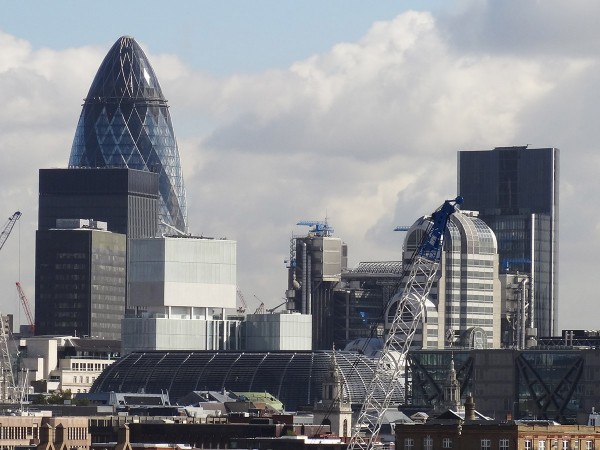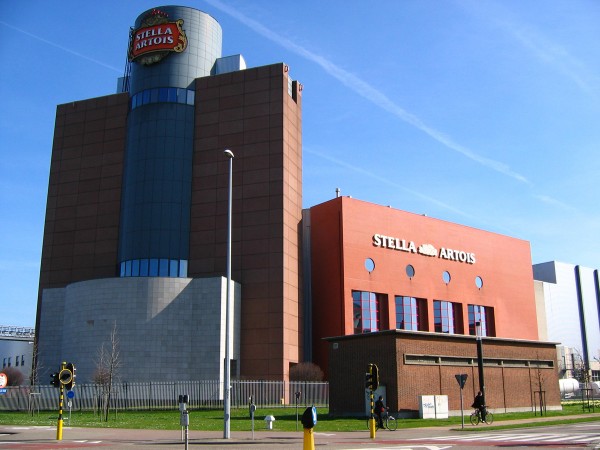The City Code on Takeovers and Mergers
 The proposed $100 billion takeover of SABMiller by AB InBev is the third largest in history. It provides a good example of how the UK Panel on Takeovers and Mergers operates.
The proposed $100 billion takeover of SABMiller by AB InBev is the third largest in history. It provides a good example of how the UK Panel on Takeovers and Mergers operates.
Economics textbooks often discuss competition authorities such as the Competition and Markets Authority but they rarely mention the UK Panel on Takeovers and Mergers (The Panel).The Panel is an independent body that was established in 1968. It has up to 35 members who all have professional expertise on the subject of takeovers i.e. they are usually employees of or have been seconded from (i) law and accountancy firms (ii) corporate brokers (iii) investment banks.
The Panel’s main responsibility is to implement the City Code on Takeovers and Mergers. This code sets out a number of ground-rules that companies must follow if they are involved in a merger or takeover. These rules became statutory in 2006 following the Companies Act of that year. The following objectives underpin the code:
| • | To ensure that the shareholders of the target company in a proposed takeover are treated fairly and are given the opportunity to make an informed decision about the relative merits of the takeover. |
| • | To ensure that the whole takeover/merger process operates in a structured and systematic manner. |
The Panel does not make any judgements on the commercial case for the takeover or merger. This is left to the management and shareholders of the companies involved. It also does not get involved with competition issues such as whether the newly established firm would have significant market power. These decisions in the UK are left to the Competition and Markets Authority. If the merger has a European element/dimension to it then it is investigated by the European Commission.
The rules that made up the code remained largely unchanged from 1968 until some important changes were made in September 2011. This followed the controversial takeover of Cadbury by the US food company Kraft. Kraft had first announced its intention to make an offer to acquire Cadbury in September 2009 but a deal was not agreed by the management of Cadbury until January 2010. Concerns were expressed at the time that this long and protracted takeover had made it very difficult for Cadbury to run its business effectively because of the uncertainty it created. It was also argued that the rules gave the acquiring company a significant tactical advantage in the takeover process and made it too easy for them to succeed.
One important change is that a targeted company must publicly announce the name of any companies that have made an approach about a possible deal. This announcement then activates a 28 day bid deadline period known as ‘pusu’ which stands for ‘put up’ (the money: i.e. make a formal bid) or ‘shut up’ (and walk away). This means that if the potential acquirer has not made a formal bid by the end of this 28-day period it is prohibited from making a bid for another 6 months. A request can be made to the Takeover Panel for an extension to this initial 28-day period, but this can only be done with the agreement of the target company.
Therefore SABMiller was obliged to announce on 15th September 2015 that
“Anheuser-Busch InBev SA/NV (AB InBev) has informed SABMiller that it intends to make a proposal to acquire SABMiller. No proposal has yet been received and the Board of SABMiller has no further details about the terms of any such proposal.”
The timing of this announcement made 14th October the official deadline by which AB InBev had to make a formal offer. After rejecting five bids, an offer of £44 a share by AB InBev was agreed in principle by the SABMiller management team on 13th October.  Given the size and complexity of the deal (i.e. AB InBev is financing the deal by borrowing over $70 billion from 21 different banks), an initial two-week extension until 28th October was granted by the Takeover Panel. This could only have been granted with the agreement of SABMiller. Another one-week extension was agreed and then, on 4th November, SABMiller management made the following announcement.
Given the size and complexity of the deal (i.e. AB InBev is financing the deal by borrowing over $70 billion from 21 different banks), an initial two-week extension until 28th October was granted by the Takeover Panel. This could only have been granted with the agreement of SABMiller. Another one-week extension was agreed and then, on 4th November, SABMiller management made the following announcement.
“In order to allow SABMiller and AB InBev to finalise their discussions and satisfy the pre-conditions to the announcement of a formal transaction, the board of SABMiller has requested that the Panel on Takeovers and Mergers further extends the relevant deadline until 5pm November 11, 2015.”
One major issue has been the potential impact of the takeover on the level of competition in the US market. AB InBev and SABMiller already have market shares of 46% and 27% respectively. SABMiller’s strong presence in this market is a result of its joint venture, MillerCoors, with Molson Coors. One reason behind the last request for an extension is to grant enough time for a deal to be finalised for the sale of SABMiller’s 58% stake in MillerCoors to Molson Coors. Without this sale the US competition authorities would not approve the takeover.
Most observers believe that it will take a year for the deal to be completed and it will be interesting to chart its progress over the next 12 months.
Postscript: AB InBev announced on 11th November that it had made a formal offer of £71 billion to acquire SABMiller and SABMiller’s share in MillerCoors had been sold to Molson Coors for $12 billion.
SABMiller to seek another Takeover Panel extension for AB InBev takeover The Telegraph, Ben Martin (04/11/15)
AB InBev and SABMiller allay concerns about 68bn MegaBrew deal The Telegraph, Ben Martin (28/10/15)
AB InBev, SABMiller extend takeover deadline to Nov.4 Reuters, Philip Blenkinsop (28/10/15)
SABMiller agrees AB Inbev takeover deal of £68bn The Guardian, Sean Farrell (13/10/15)
SABMiller is AB Inbev’s toughest takeover yet. It may not be its last The Economist (14/10/15)
Brewery Battle: AB Inbev and the Craft Beer Challenge BBC News, Peter Shadbolt (13/10/15)
Beer Giants AB Inbev and SABMiller Agree Takeover Terms BBC News (13/10/15)
Questions
- The proposed takeover of SABMiller by AB InBev would be the third largest in history. What are the two biggest deals?
- The European Commission investigates ‘large’ mergers that have an ‘EU dimension’. On what basis does the European Commission judge if a merger is large or has an EU dimension?
- On what basis are mergers judged by the Competition and Markets Authority in the UK?
- What is a ‘virtual bid’ period? How did the ‘pusu’ bid deadline operate before the changes were introduced in 2011?
- Pfizer’s bid for Astrazeneca did not succeed in May 2014. Some people blamed the collapse of the deal on the 28-day ‘pusu’ deadline and rule 2.5 (i) of the code. What is rule 2.5 (i) and how did it contribute towards the failure of this deal?